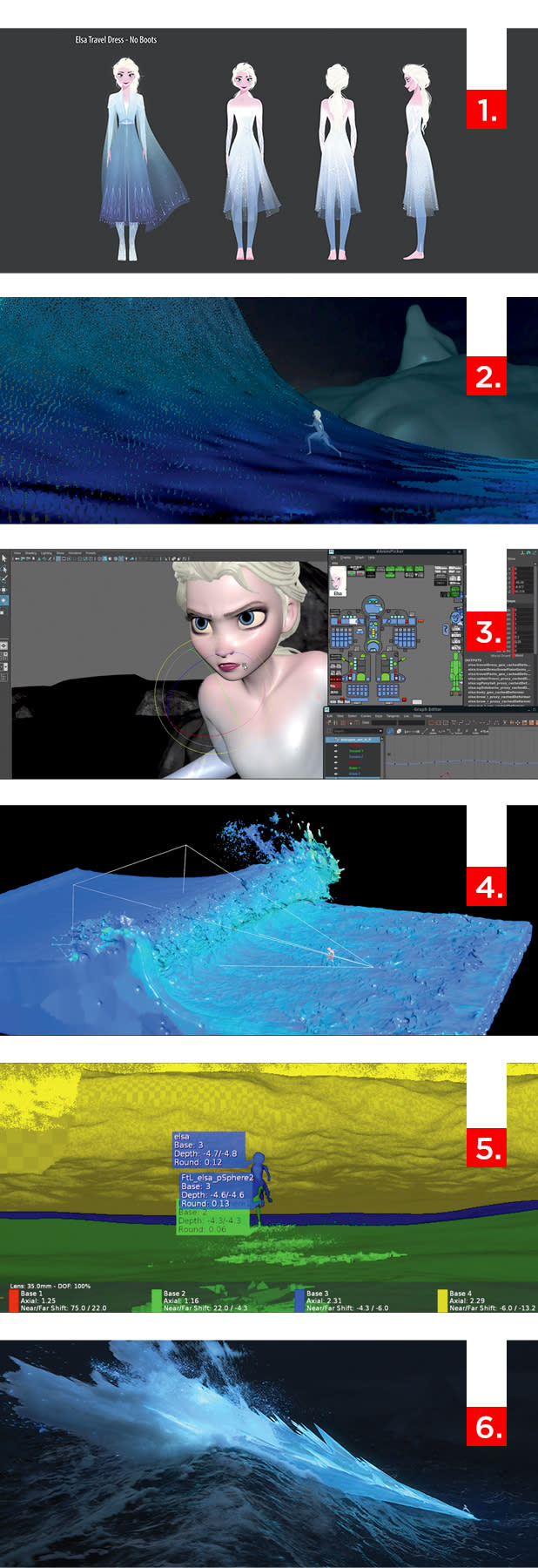How ‘Frozen II’ Filmmakers Handled ‘That Pressure’ to Follow a Blockbuster: ‘We Made a Pact’
A version of this story about “Frozen II” first appeared in the Oscar Nominations Preview issue of TheWrap’s Oscar magazine.
As the sequel to the highest-grossing animated film of all time (if you don’t count the recent CG “live-action” version of “The Lion King”), “Frozen II” faced a big challenge from the start. And that was even before co-director Jennifer Lee got a promotion in her day job to become the chief creative officer of Walt Disney Animation Studios and before the film changed in ever more complicated directions.
“The story kept evolving, and each time it made the movie more complex,” said producer Peter Del Vecho, who won an Oscar for the original 2013 “Frozen” alongside directors Lee and Chris Buck. “On the whole, it’s probably one of the more complex movies we’ve ever made.”
Still, he said, the filmmakers made a conscious decision not to think about the huge worldwide success of “Frozen” as they began to work out the details of its sequel. “We made a pact early on to keep that pressure out of the story room,” Del Vecho said. “You can start to build a story for the wrong reasons when you think about that.”
Also Read: 'Frozen II' Becomes Disney's 6th $1 Billion Box Office Hit in 2019
Instead, he said, they focused on where the characters of Anna and Elsa (voiced by Kristen Bell and Idina Menzel) had to go. “The first movie ended with ‘happy ever after,’ but life doesn’t work that way,” he said. “The idea was that our characters are maturing and growing and have to find their way.”
“When we really looked at it, our characters’ lives were just beginning at the end of the first movie,” added Buck, who said the “divide and conquer” strategy he and Lee had developed on the first film helped them on “Frozen II” when her Disney duties grew dramatically heavier.
“There definitely was a juggling act that had to be done because of schedules and trying to keep all the departments fed,” he said. “The one thing that helped us is that even on the first film we had to do a little bit of divide and conquer. We had been trained to be able to do that, and we definitely trust each other. We see the same movie. So we would get together at the end of the day and catch each other up on things we each might have missed. It was tough, but we had been through it before.
Also Read: 'Frozen II,' 'Missing Link' Are the Top Toons in Annie Awards Nominations

ANATOMY OF A SCENE: (1) character visual development (2) visual development (3) animation (4) effects (5) stereo and (6) final frame
From the start, Buck said, the filmmakers had their sights set not on Anna and Elsa’s journey, but on their destination.
“The one thing that we did right away was to figure out what would be satisfying for Anna and Elsa at the end of the movie,” he said. “And that didn’t really change from the initial concept. How we got there changed along the way. How we earned that ending for both of them changed, but not the ending itself. That was our true north throughout the whole process.”
One of the key sequences (and the one illustrated above) finds Elsa encountering an elemental water spirit in her quest to find a mysterious voice that has been calling to her. The spirit is manifested in the form of a water horse that confronts her but eventually becomes her ally.
“It was storyboarded early on, and we knew Elsa was going to be challenged by the water spirit,” Buck said. “But we didn’t know what it meant yet, except that it was a water spirit and it was very dynamic and exciting. So that sequence evolved, and it was nice to actually develop a bond between Elsa and the horse by the end.”
Read more of the Oscar Nominations Preview issue here.

Read original story How ‘Frozen II’ Filmmakers Handled ‘That Pressure’ to Follow a Blockbuster: ‘We Made a Pact’ At TheWrap

